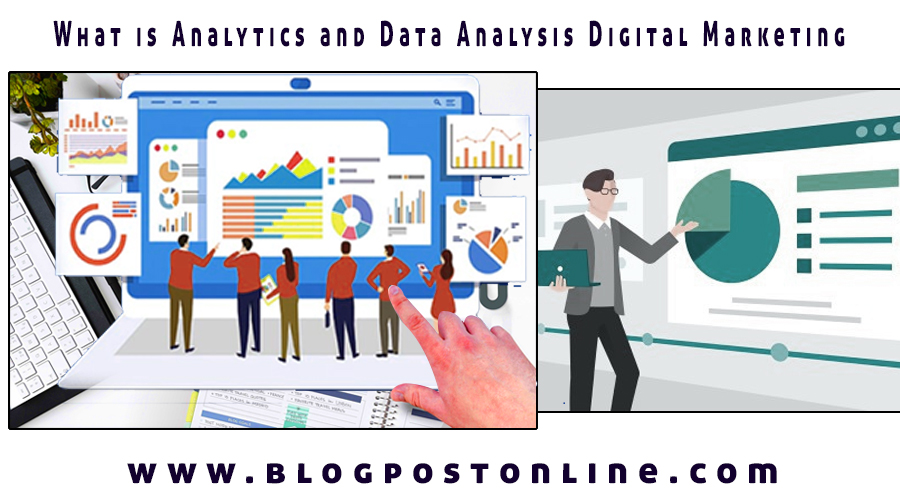Analytics and data analysis are crucial components of digital marketing. They involve the collection, interpretation, and utilization of data to make informed decisions and optimize marketing strategies in the digital realm. Here’s an overview of analytics and data analysis in digital marketing:
- Data Collection: The first step in digital marketing analytics is collecting data. This data can come from various sources, including website traffic, social media platforms, email campaigns, and more. Tools like Google Analytics, social media insights, and email marketing software help in data collection.
- Data Tracking: Tracking user behavior is essential. This includes monitoring things like website visits, clicks, conversions, bounce rates, and the demographics and interests of your audience. Tracking can also involve monitoring the performance of online advertisements.
- Data Analysis: Once data is collected, it needs to be analyzed. This involves that examining the best data to identifing trends, patterns, and insights. Data analysis can be quantitative, using statistical methods, or qualitative, involving sentiment analysis and other non-numeric data.
- Key Performance Indicators (KPIs): In digital marketing, KPIs are specific metrics that help evaluate the success of a campaign or strategy. Common KPIs include conversion rate, click-through rate (CTR), customer acquisition cost (CAC), return on investment (ROI), and more SEO Friendly Keyword Research Tools.
- Segmentation: Data analysis often includes segmenting the audience. For instance, you may segment your audience by age, location, interests, or behavior. This segmentation allows for more targeted and personalized marketing efforts.
- A/B Testing: A/B testing is a data analysis technique where two versions of a web page, email, or ad are compared to see which one performs better. It helps in optimizing content and design for improved results.
- Predictive Analytics: Some digital marketers use predictive analytics to forecast future trends and behaviors. Machine learning and AI can be employed for predictive analysis, helping in making data-driven decisions.
- Data Visualization: To make data more accessible and understandable, data visualization tools like charts, graphs, and dashboards are often used. These help marketers and decision-makers quickly grasp important insights from the data.
- Reporting: Regular reporting is a crucial aspect of data analysis in digital marketing. Marketers create reports to summarize the performance of campaigns, providing insights to stakeholders and helping in decision-making.
- Continuous Improvement: Digital marketing data analysis is an iterative process. Marketers use insights from data to refine their strategies, optimize campaigns, and improve overall performance. It’s an ongoing cycle of data collection, analysis, and action.

How to Trade Chart Pattern Technical Analysis Best Statergy?
In summary, analytics and data analysis in digital marketing help marketers make data-driven decisions, understand their audience better, and continually refine their marketing strategies to achieve better results. In the ever-evolving digital landscape, the ability to harness and interpret data is essential for success.